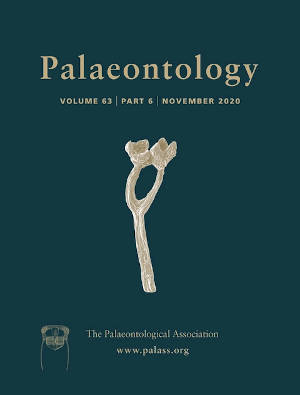Reg. Charity No. 1168330

Whilst bones present a static view of extinct animals, fossil footprints are a direct record of the activity and motion of the track maker. Deep footprints are a particularly good record of foot motion. Such footprints rarely look like the feet that made them; the sediment being heavily disturbed by the foot motion. Because of this, such tracks are often overlooked or dismissed in preference for more foot‐like impressions. However, the deeper the foot penetrates the substrate, the more motion is captured in the sediment volume. We have used deep, penetrative, Jurassic dinosaur tracks which have been naturally split into layers, to reconstruct foot motions of animals living over 200 million years ago. We consider these reconstructions to be hypotheses of motion. To test these hypotheses, we use the Discrete Element Method, in which individual particles of substrate are simulated in response to a penetrating foot model. Simulations that produce virtual tracks morphologically similar to the fossils lend support to the motion being plausible, while simulations that result in very different final tracks serve to reject the hypothesis of motion and help generate a new hypothesis.
AcknowledgementsThis work was carried out with support of a National Science Foundation grant (EAR‐1452119) awarded to SMG and PLF. Simulations used the ARCHER UK National Supercomputing Service (http://www.archer.ac.uk) via an ARCHER Leadership allocation (PLF). Initial data collected as part of a Marie Curie International Outgoing Fellowship (PLF). We would like to thank K. Wellspring, H. Singleton, T. Harms, A. Martini and D. Jones at the Beneski Museum of Natural History who kindly provided access to specimens. We also wish to thank Jesper Milàn and Ignacio Díaz Martínez for their reviews, as well as editors Lionel Cavin and Sally Thomas.